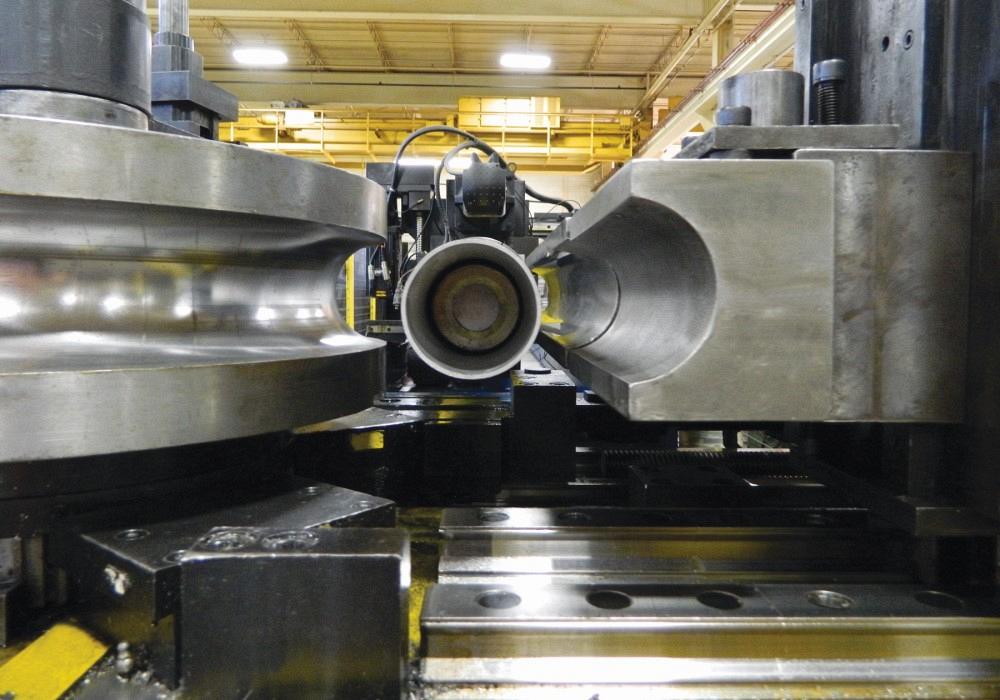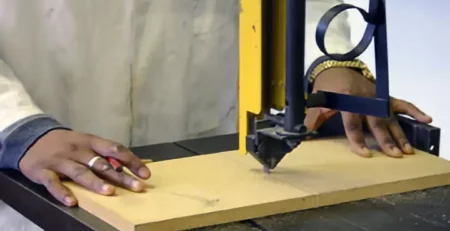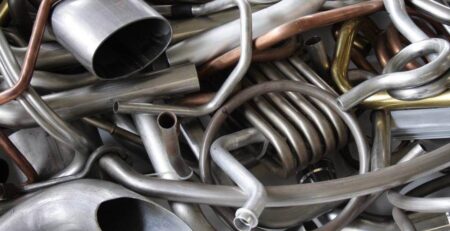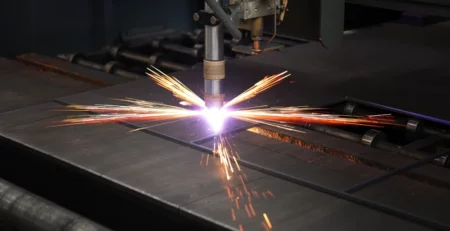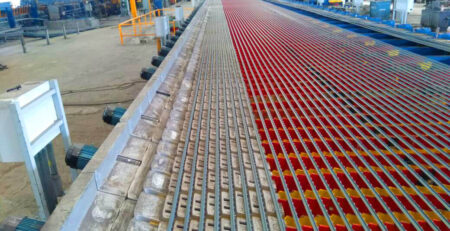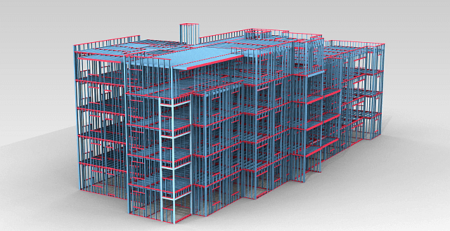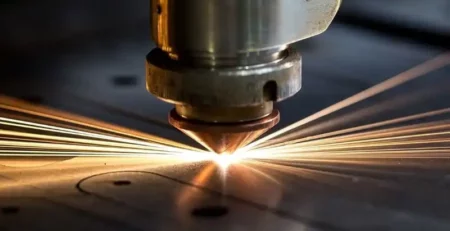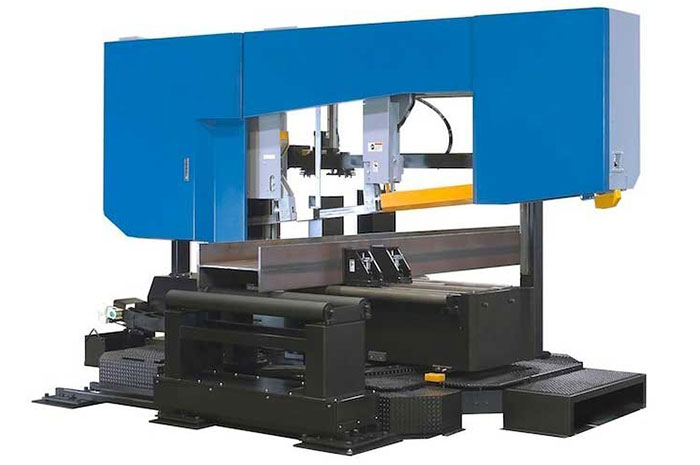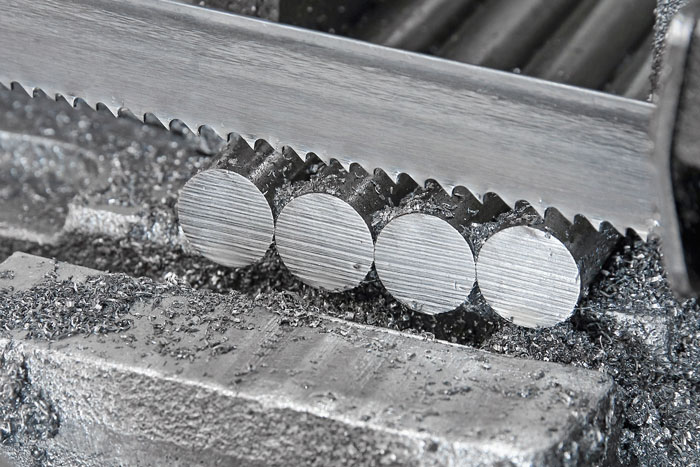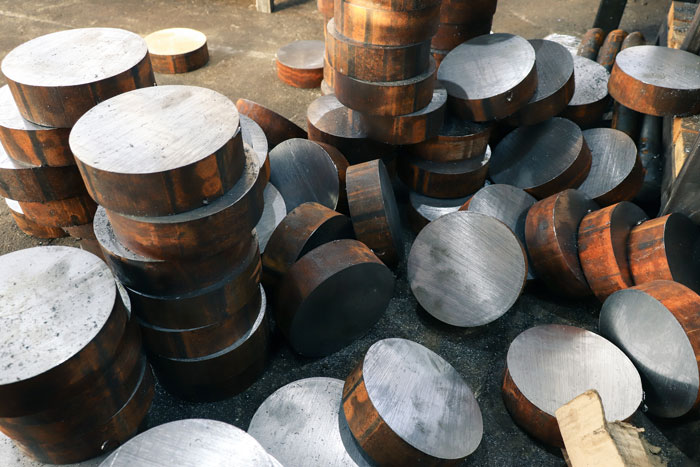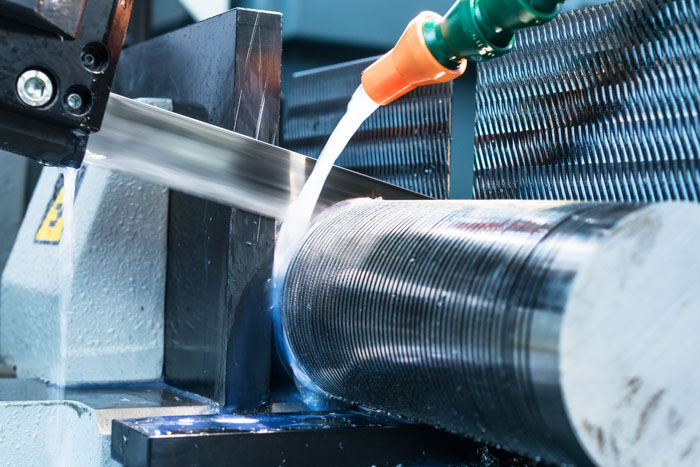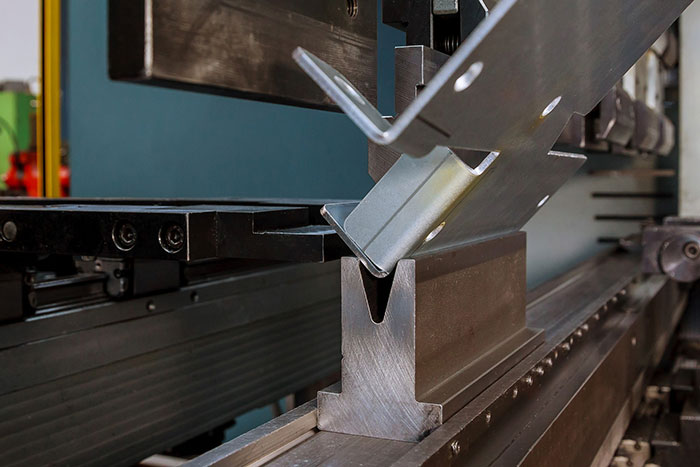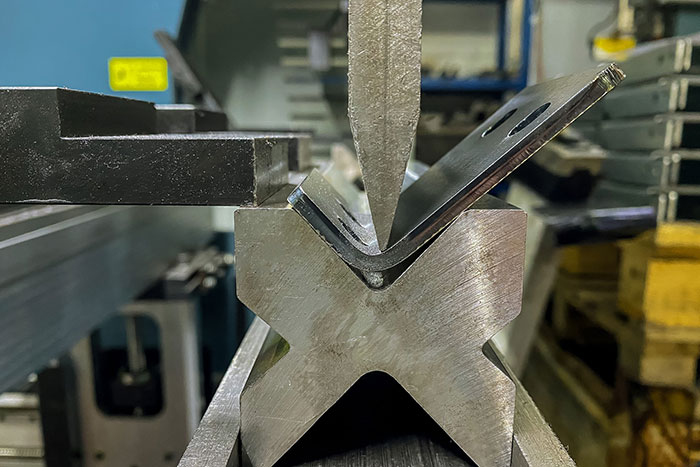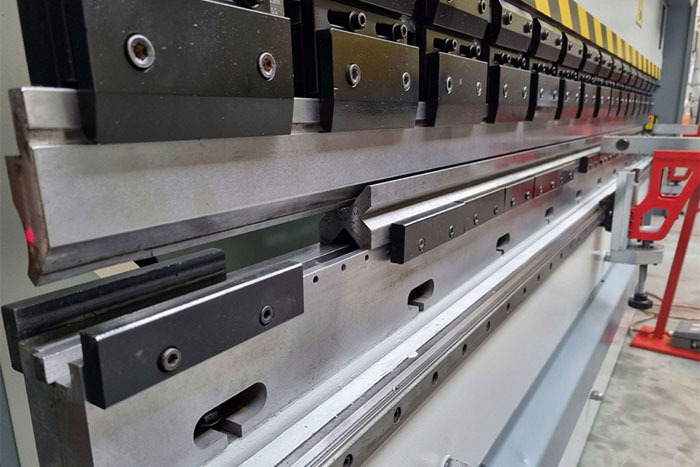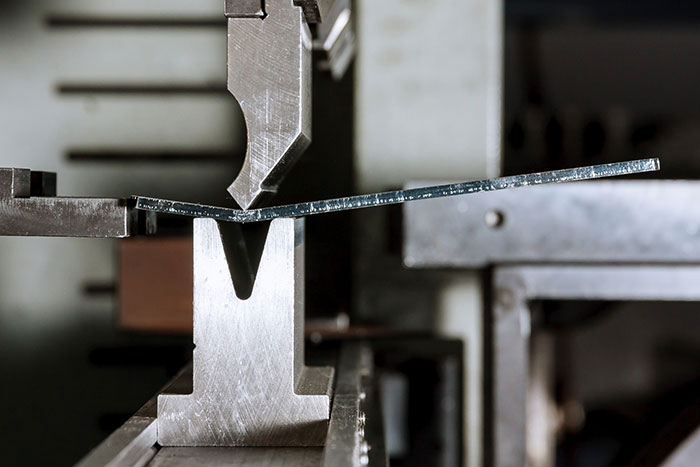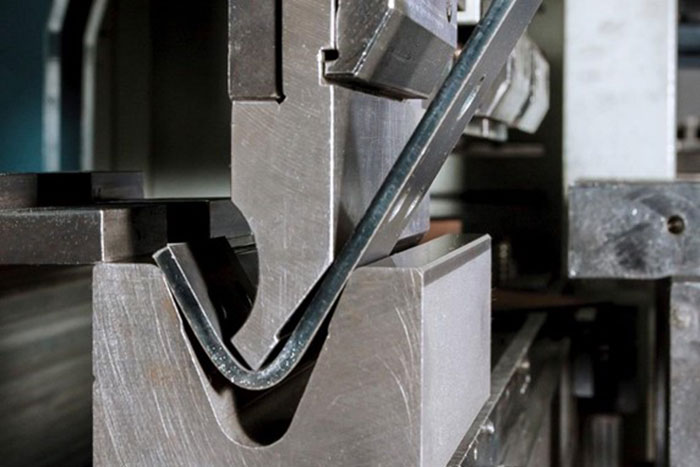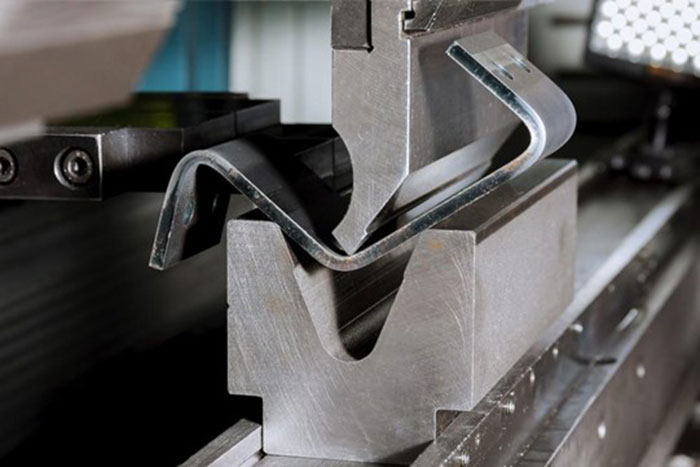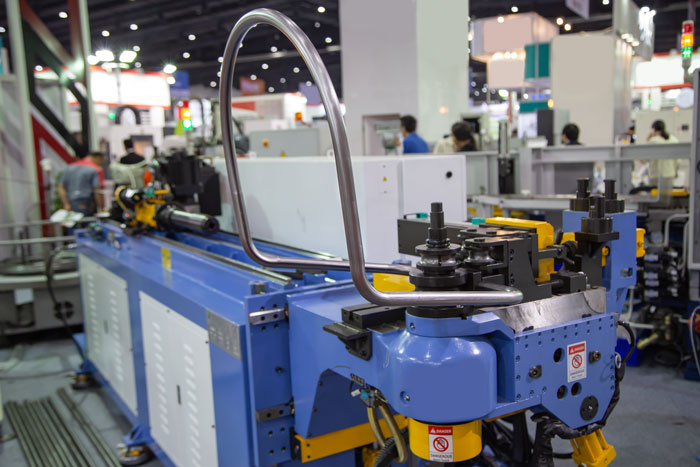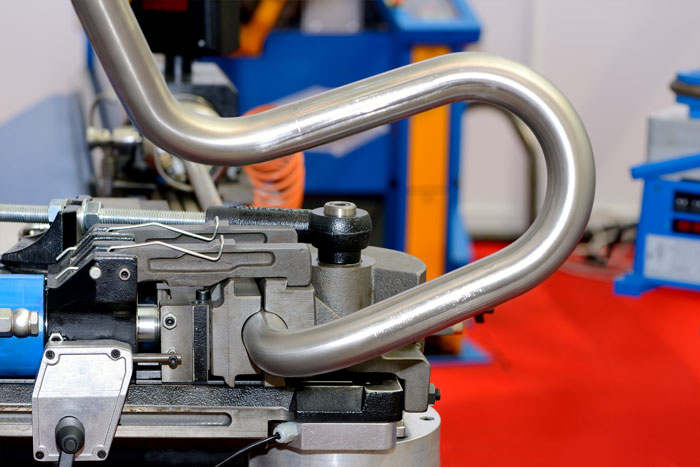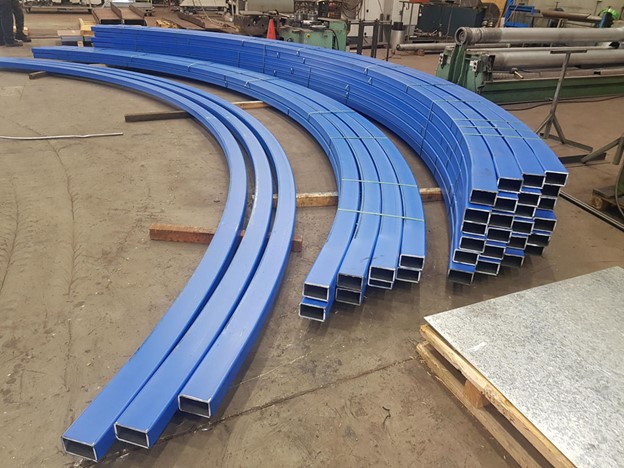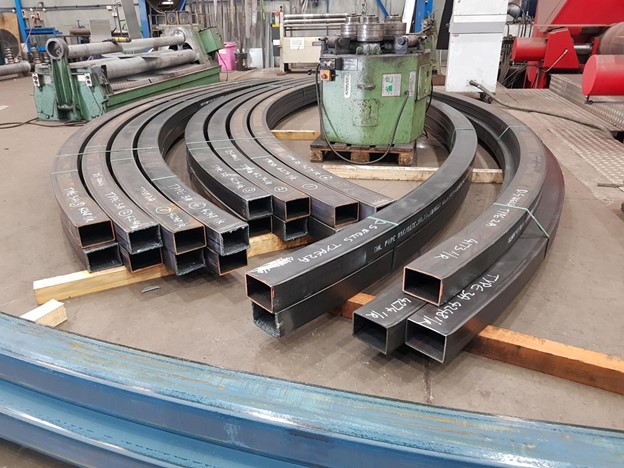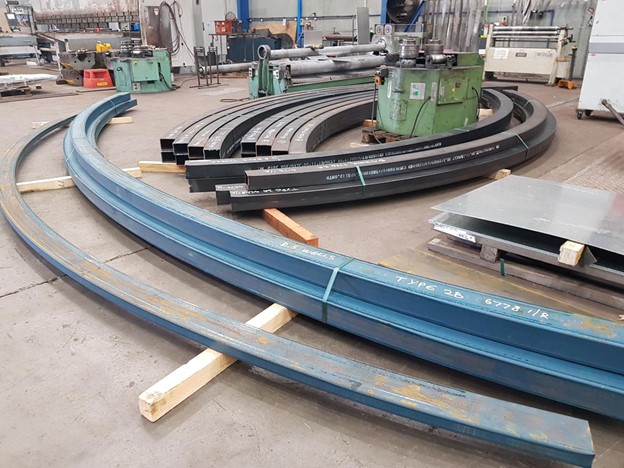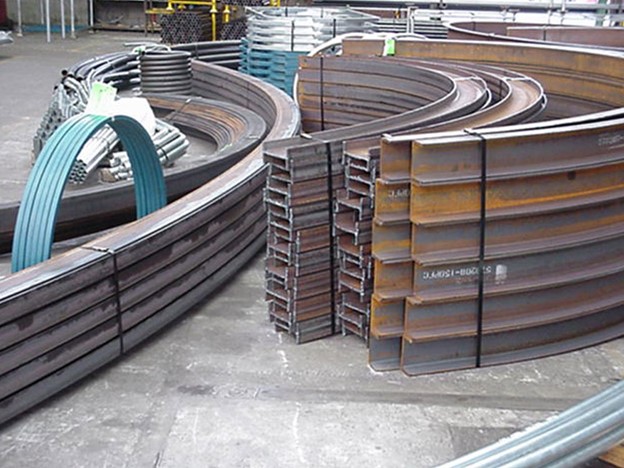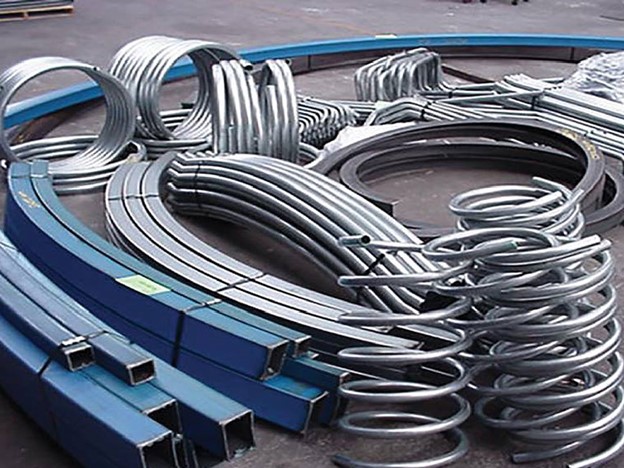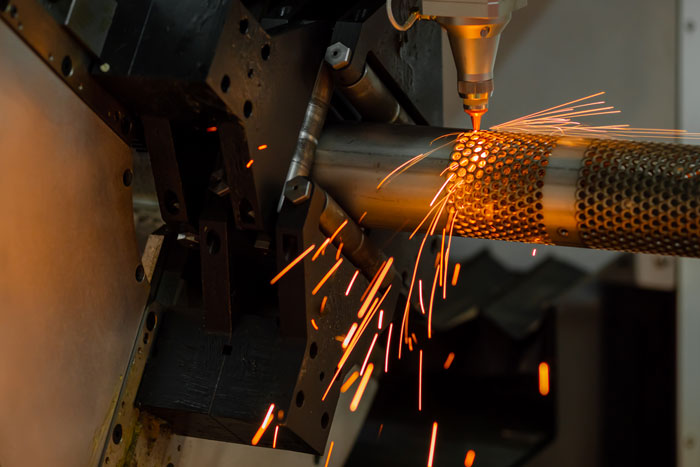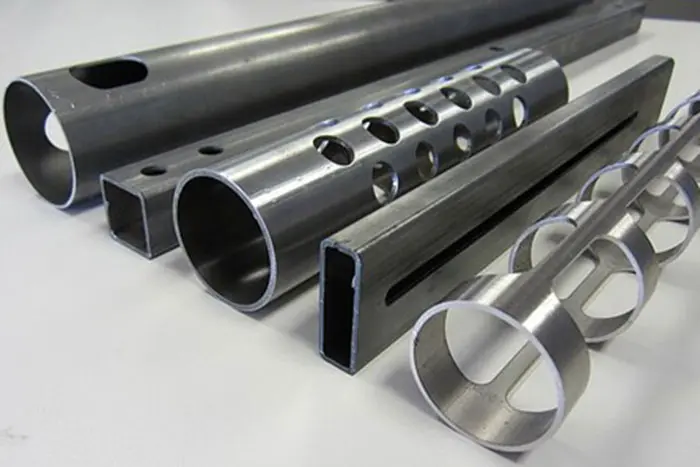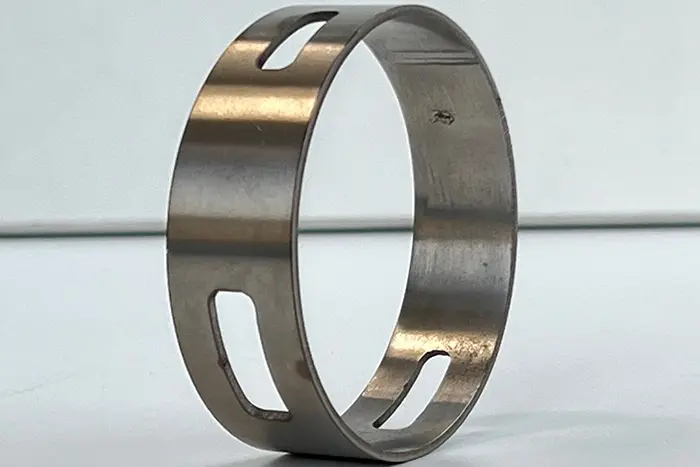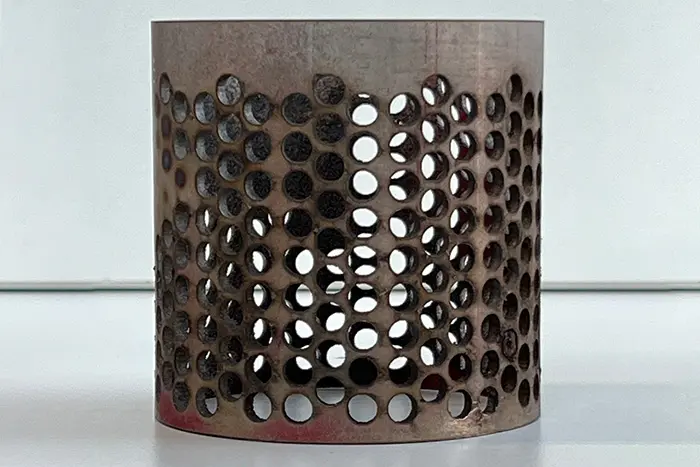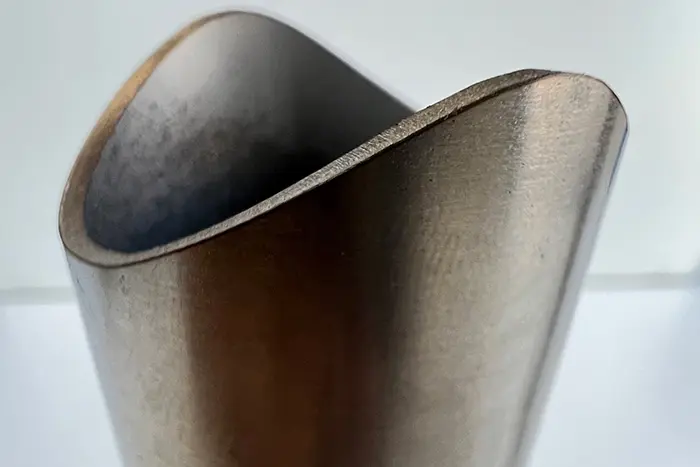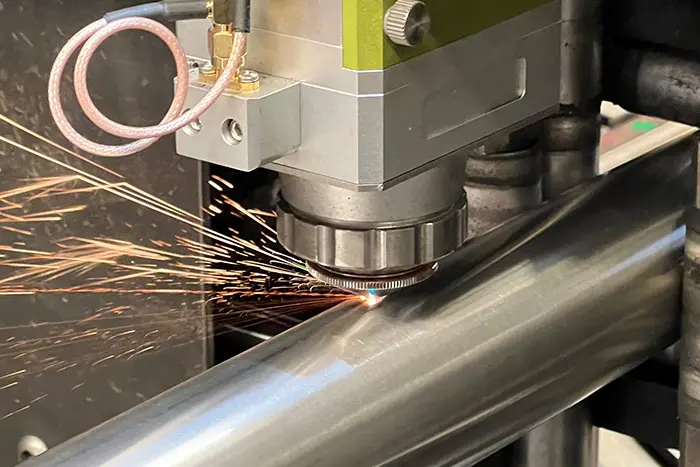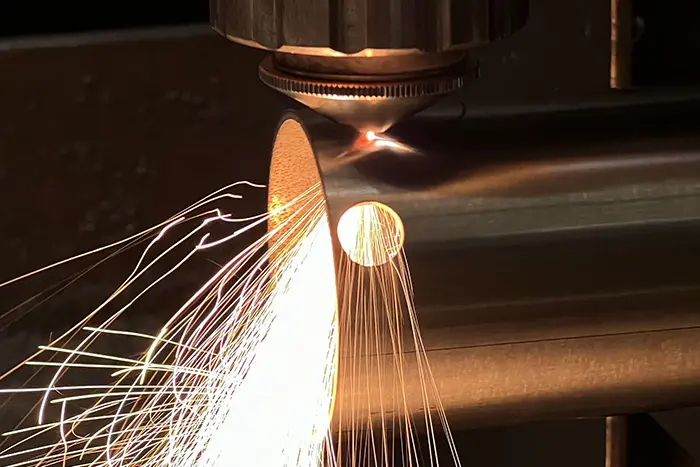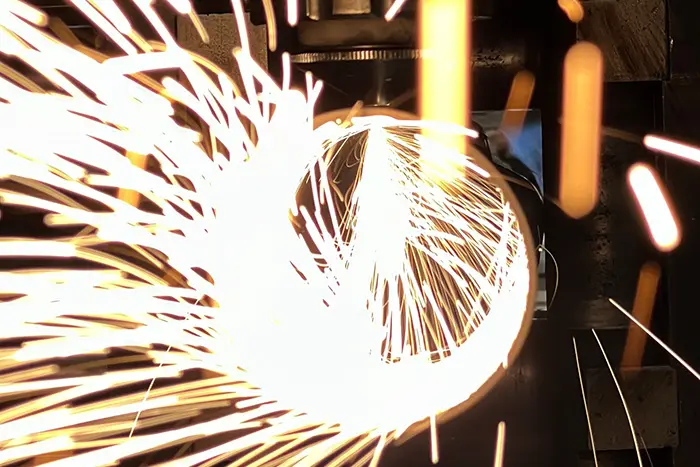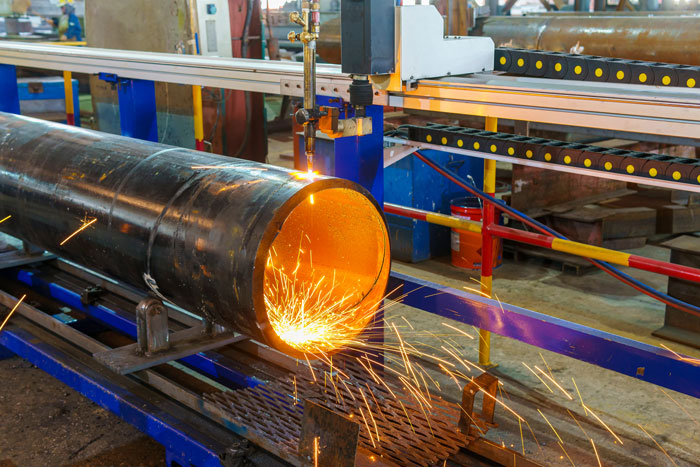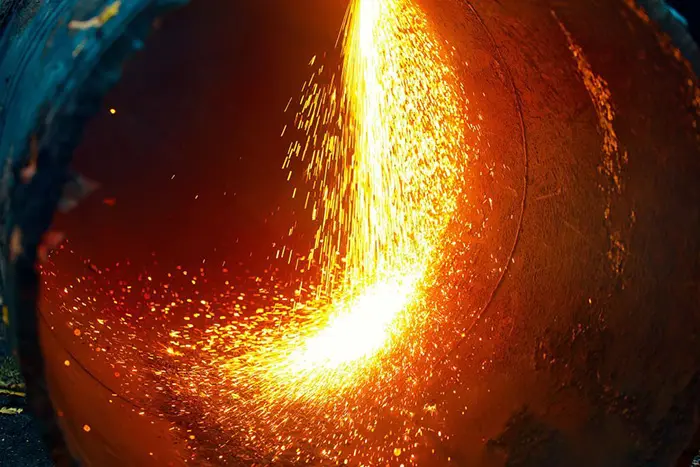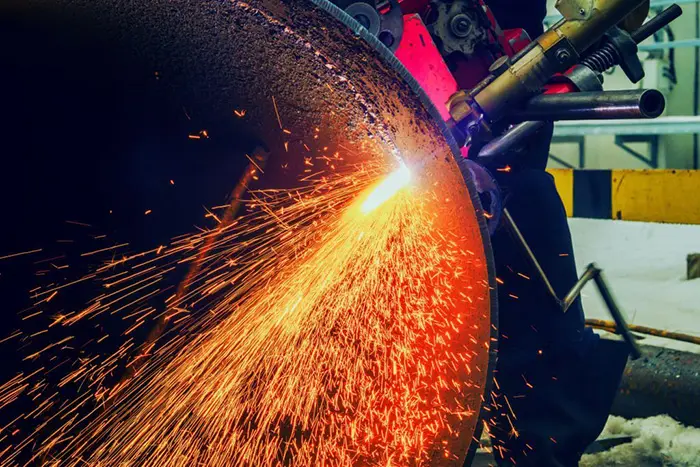Choosing the Right Tube Bending Method for Your Project
Tube bending is a crucial process in various industries, allowing for the creation of complex shapes and structures. When it comes to bending tubes, selecting the appropriate bending method is essential to ensure precise and efficient results. This article aims to guide you through the process of choosing the right tube bending method for your project by considering factors such as material, bend requirements, production volume, and cost-effectiveness.
Right Tube Bending Method
- Mandrel Tube Bending:
- Ideal for Precision: Mandrel tube bending utilizes an internal mandrel to support the tube during bending, ensuring consistent and accurate bends, especially for tight radii and complex shapes.
- Suitable for Thin-Walled Tubes: Mandrel bending is well-suited for thin-walled tubes, as the mandrel helps prevent distortion or collapsing of the tube during the bending process.
- Common Applications: Mandrel tube bending is often used in industries such as automotive, aerospace, and furniture manufacturing, where precision and aesthetics are critical.
- CNC Tube Bending:
- Automation and Precision: CNC tube bending involves the use of computer numerical control (CNC) machines, offering high levels of automation and precision in bending operations.
- Versatile and Efficient: CNC machines can handle a wide range of tube diameters and bend radii, making them suitable for various applications. They are especially efficient for large production volumes.
- Programming Flexibility: CNC machines allow for the creation of complex and repetitive bending patterns, offering greater design flexibility.
- Roll Bending:
- Ideal for Large Diameters and Heavy-Walled Tubes: Roll bending is commonly used for large-diameter tubes and heavy-walled materials that are difficult to bend using other methods.
- Continuous Bending: Roll bending involves passing the tube through a series of rollers that gradually shape the tube into the desired curve. It is suitable for creating circular and spiral shapes.
- Common Applications: Roll bending is often employed in industries such as construction, oil and gas, and shipbuilding for applications that require curved structural components.
- Compression Bending:
- Cost-Effective Option: Compression bending is a cost-effective method that involves bending the tube around a stationary form using mechanical force.
- Suitable for Small Production Runs: Compression bending is suitable for projects with smaller production volumes or when budget constraints are a concern.
- Limited Bend Radii: Compression bending may have limitations in achieving tight bend radii and complex shapes, but it is still effective for many applications, such as handrails and furniture.
When choosing the right tube bending method for your project, it’s essential to consider the complexity of the bends required. For simple bends with larger radii, rotary draw bending is often a suitable choice. This method uses a stationary bend die and a rotating mandrel to create precise bends. It is commonly used for applications where accuracy and repeatability are crucial, such as in the automotive and aerospace industries.
On the other hand, if your project involves tight-radius bends or complex shapes, mandrel bending may be the preferred method. Mandrel bending utilizes a mandrel—a rod or ball inserted inside the tube—to support the tube’s inner surface during the bending process. This technique ensures that the tube maintains its shape and prevents deformation or collapse, resulting in high-quality bends. Mandrel bending is commonly used in industries such as furniture, construction, and handrail fabrication.
Another factor to consider is the material being bent for Right Tube Bending Method. Different materials have varying properties and behaviors during the bending process. For example, stainless steel and titanium require specialized tooling and techniques due to their high strength and back spring tendencies. Consulting with a knowledgeable tube bending professional can help you determine the most suitable bending method and tooling for your specific material.
Furthermore, take into account the production volume and turnaround time required for your project. Rotary draw bending is well-suited for high-volume production, as it offers fast and consistent bending capabilities. Mandrel bending, while more time-consuming, provides superior control and accuracy for low to medium-production runs or one-off custom projects.
Selecting the right tube bending method for your project involves considering factors such as bend complexity, material properties, production volume, and turnaround time. By carefully evaluating these factors and consulting with experts in the field, you can ensure that your project achieves the desired results with optimal efficiency and precision.
Selecting the right tube bending method
Choosing the right tube bending method is crucial to achieving the desired results for your project. Consider factors such as material properties, bend requirements, production volume, and budget constraints when selecting the appropriate method. Mandrel bending offers precision, CNC tube bending provides automation and versatility, roll bending handles large diameters, and compression bending offers cost-effectiveness. By understanding the strengths and limitations of each method, you can make an informed decision that ensures the success of your tube bending project. Consult with experienced professionals and manufacturers to determine the best bending method for your specific requirements and achieve high-quality, accurately bent tubes.

